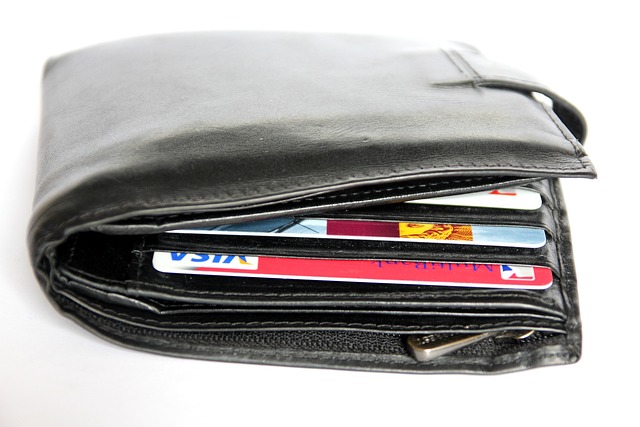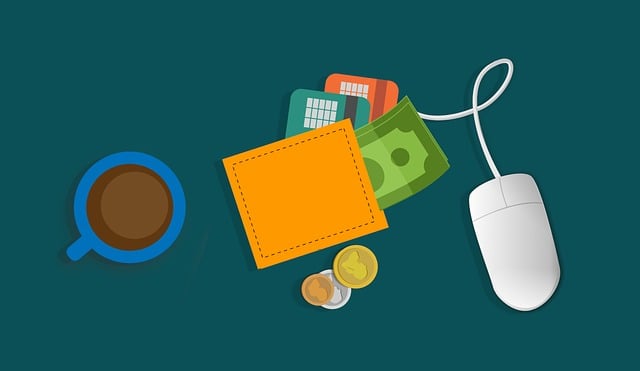The Ultimate Crypto Wallets Guide for 2023
Author: Jameson Richman Expert
Published On: 2025-02-23
Prepared by Jameson Richman and our team of experts with over a decade of experience in cryptocurrency and digital asset analysis. Learn more about us.
In the ever-evolving world of cryptocurrencies, security is paramount. With the rising number of digital assets, investing in a reliable crypto wallet has never been more essential. In this guide, we will delve deep into the various types of crypto wallets, how they work, and why choosing the right one is crucial for your investment strategy.

Understanding Crypto Wallets
Think of a crypto wallet as your bank account in the digital currency world. Just as you keep your money safe in a bank, a crypto wallet stores your digital assets securely. However, unlike a traditional bank, there are different types of wallets available—each serving different needs and levels of security.
Types of Crypto Wallets
1. Hardware Wallets
Hardware wallets are physical devices that store your cryptocurrency offline. They offer the highest level of security, making them ideal for long-term storage. Popular options include the Ledger Nano S and Trezor. These wallets keep your private keys safe from online threats, protecting your investment from hackers who could steal your assets.
2. Software Wallets
Software wallets can be further divided into desktop, mobile, and web wallets. Each offers varying degrees of convenience and security:
- Desktop Wallets: Installed on your computer, these wallets store your keys locally. Examples include Exodus and Bitcoin Core.
- Mobile Wallets: Perfect for on-the-go transactions, mobile wallets such as Trust Wallet and Coinomi provide easy access to your assets while maintaining adequate security.
- Web Wallets: Though convenient, web wallets like Coinbase or Binance come with increased risks since they operate online, making them vulnerable to hacks.
3. Paper Wallets
A paper wallet is simply a physical printout of your public and private keys. While highly secure against online threats, paper wallets can be easily lost or damaged, making them less convenient.
Choosing the Right Crypto Wallet
When selecting a wallet, consider the following factors:
- Security: Opt for wallets with advanced security features such as two-factor authentication and encryption.
- Control: Ensure you have full control of your private keys. Non-custodial wallets offer this benefit.
- Convenience: Pick a wallet that suits your transaction frequency. For daily transactions, consider mobile wallets, while long-term investors may prefer hardware wallets.

Setting Up Your Crypto Wallet
Once you've chosen a wallet, setting it up is straightforward. Here’s a step-by-step guide:
- Download and Install: For software wallets, visit the official website to download and install the wallet. Always ensure you are downloading from legitimate sources.
- Create a New Wallet: Follow the prompts to create a new wallet. This may involve generating a recovery phrase, which you should store securely offline.
- Secure Your Wallet: Enable any available security features, such as a password, two-factor authentication, and biometric scanning.
- Fund Your Wallet: Get started by purchasing cryptocurrency through exchanges like Binance or by transferring from another wallet.
Best Practices for Keeping Your Wallet Safe
To keep your cryptocurrency safe, follow these best practices:
- Regularly Update Software: Keeping your wallet software updated protects against the latest vulnerabilities.
- Store Recovery Phrases Safely: Your recovery phrase is your key to restoring your wallet. Keep it in a secure location.
- Use Strong Passwords: Complex passwords significantly enhance your wallet's security.
- Enable Two-Factor Authentication: Whenever possible, use two-factor authentication to add an additional layer of security.
The Future of Crypto Wallets
As cryptocurrencies gain popularity, the technology behind crypto wallets is also evolving. Innovations such as multi-signature wallets and custodial services are making digital asset management more secure and user-friendly. Additionally, the integration of decentralized finance (DeFi) into wallets is set to streamline how users interact with their assets, enabling direct access to lending, borrowing, and staking without the need for traditional banks.

Final Thoughts
Investing in cryptocurrencies can yield significant returns, but securing these investments should be your top priority. Choosing the right wallet and employing the best practices we’ve discussed will ensure that your digital assets remain safe from attacks. As you navigate the world of crypto, make sure to stay informed and vigilant.
Ready to embark on your cryptocurrency journey? Start by setting up your wallet today. Consider using exchanges like Binance or try out MEXC to purchase your preferred cryptocurrencies. Security, ease of use, and innovation are at the heart of your crypto adventure.
Remember, being educated about crypto wallets and implementing necessary security measures will help you protect your investments effectively.